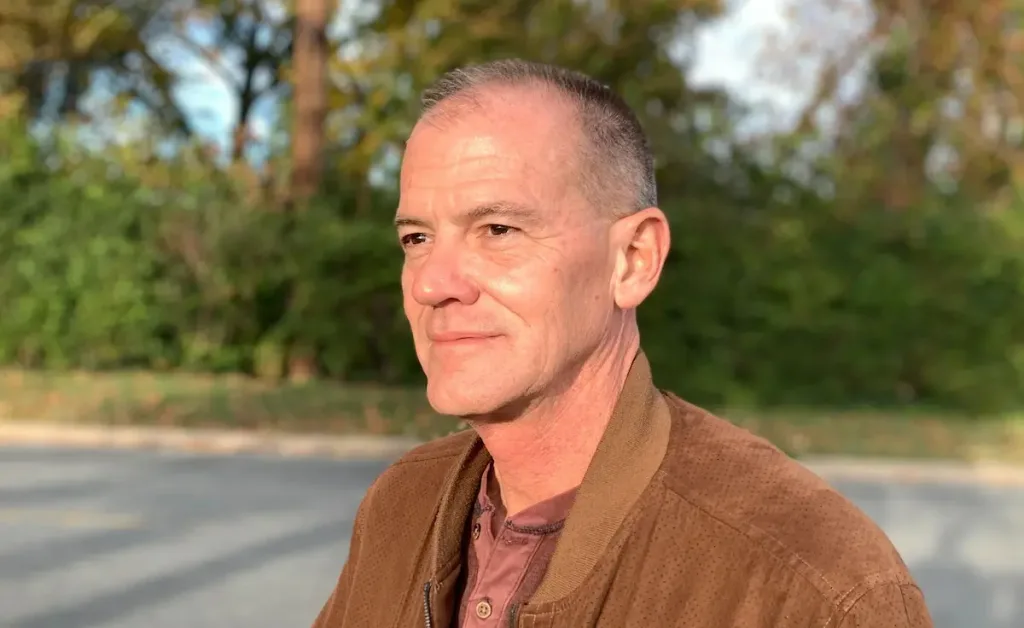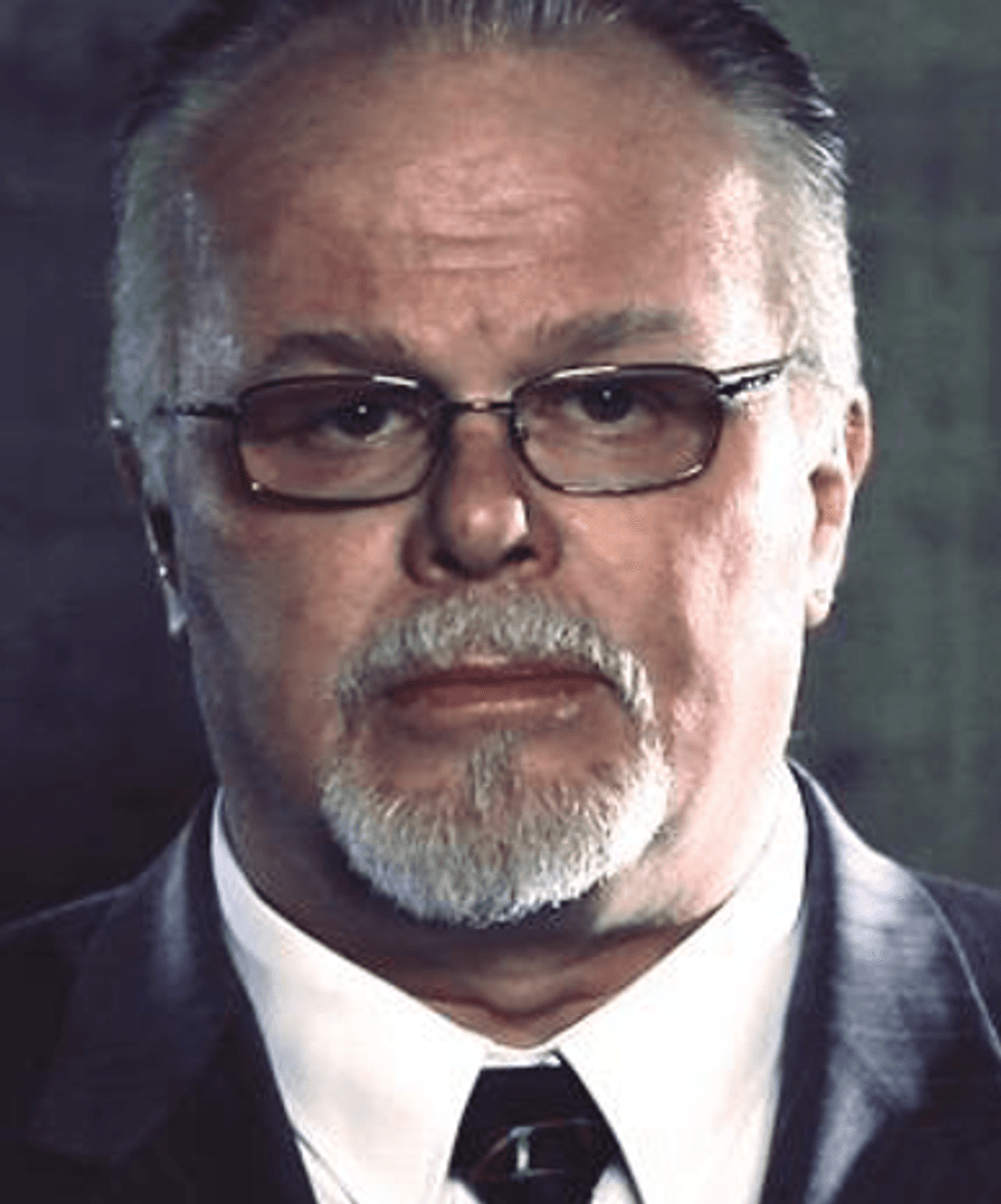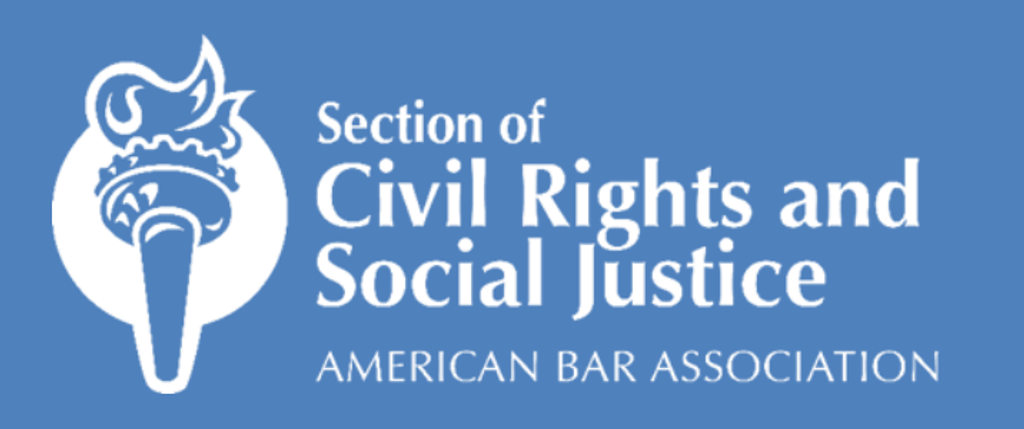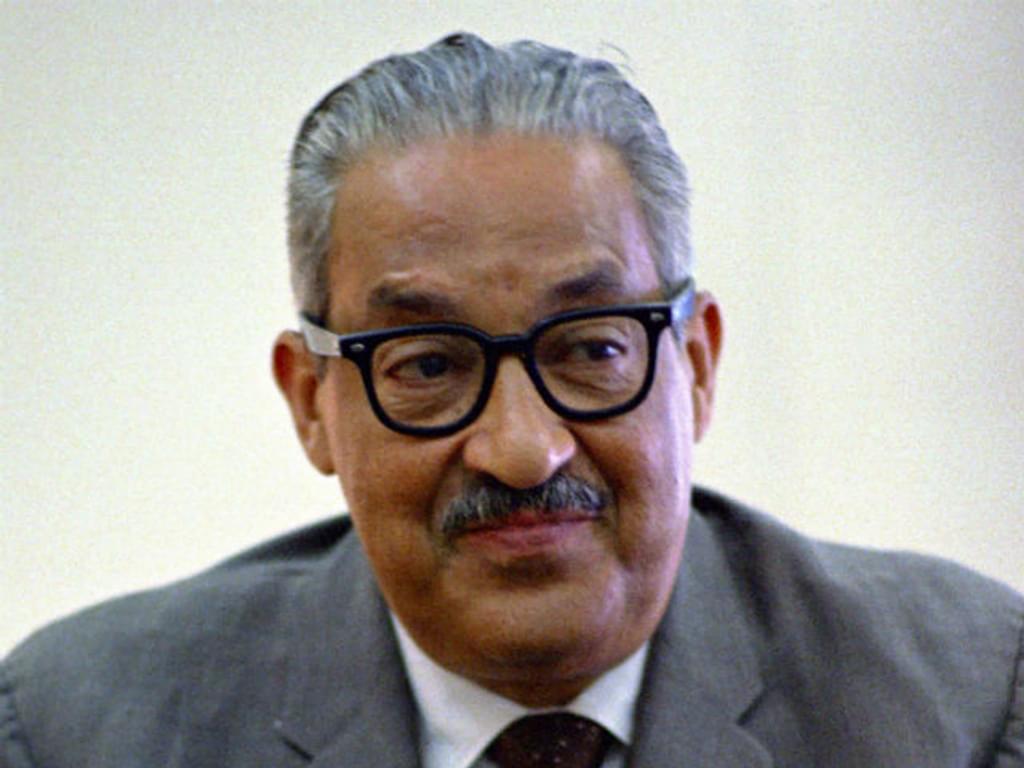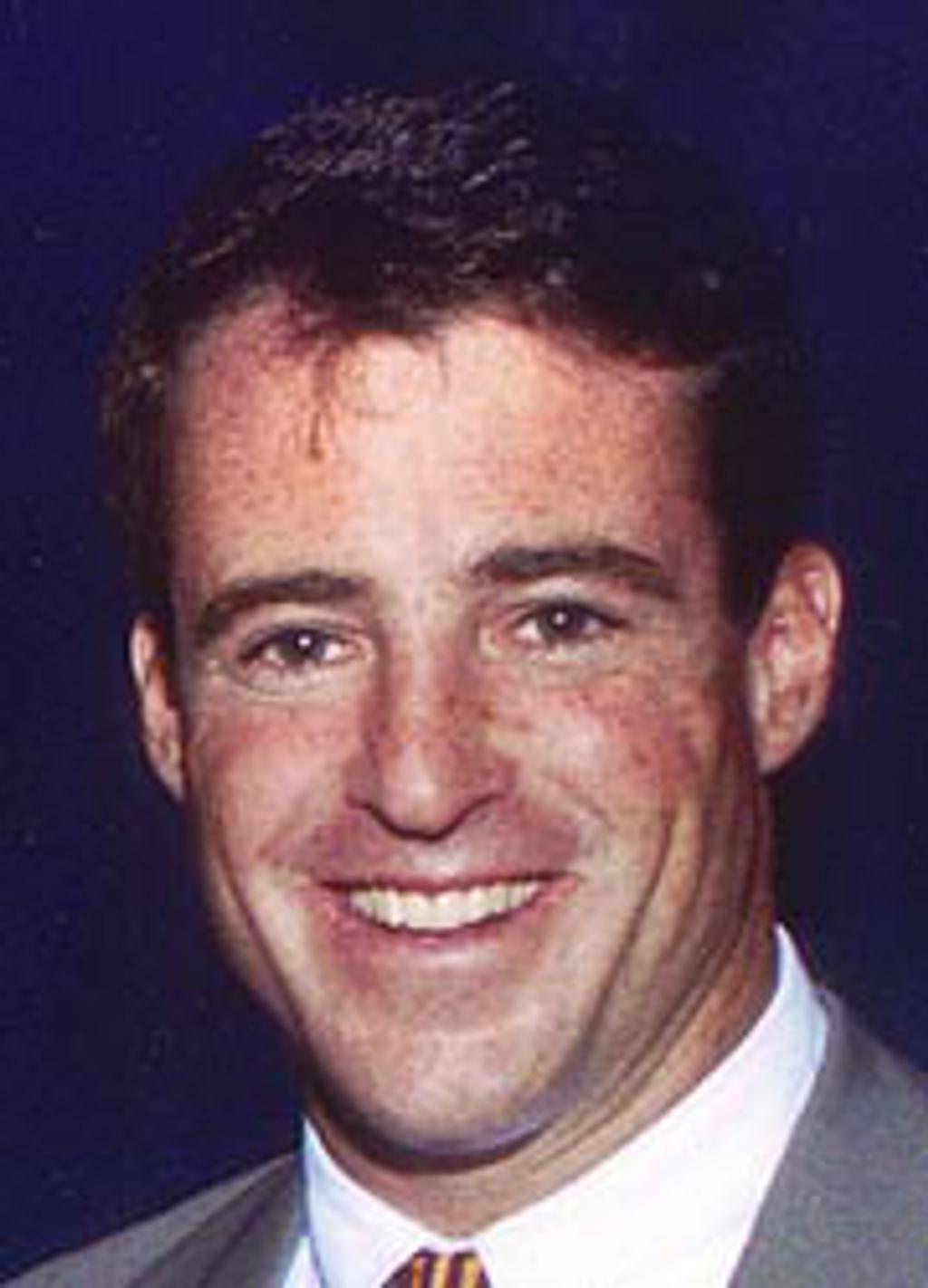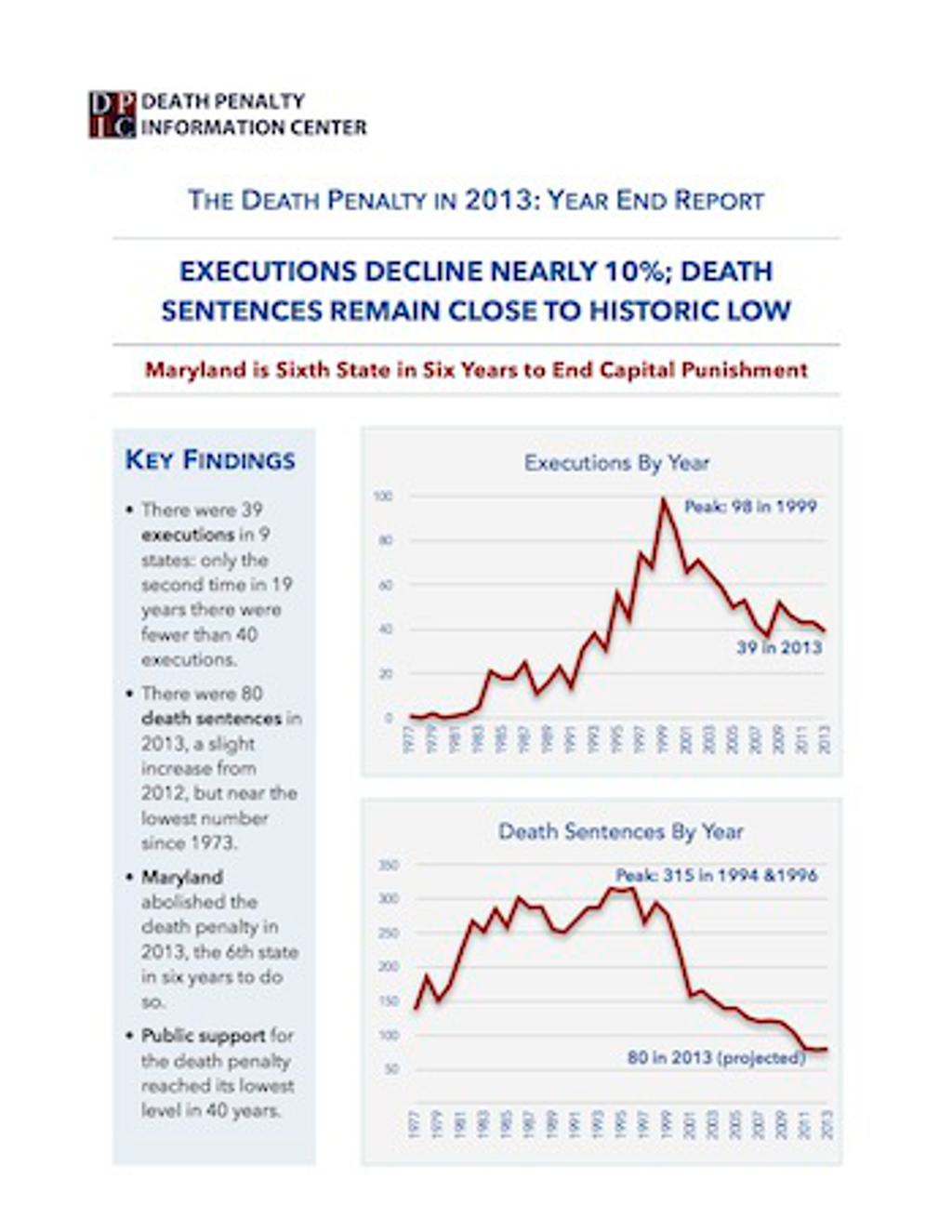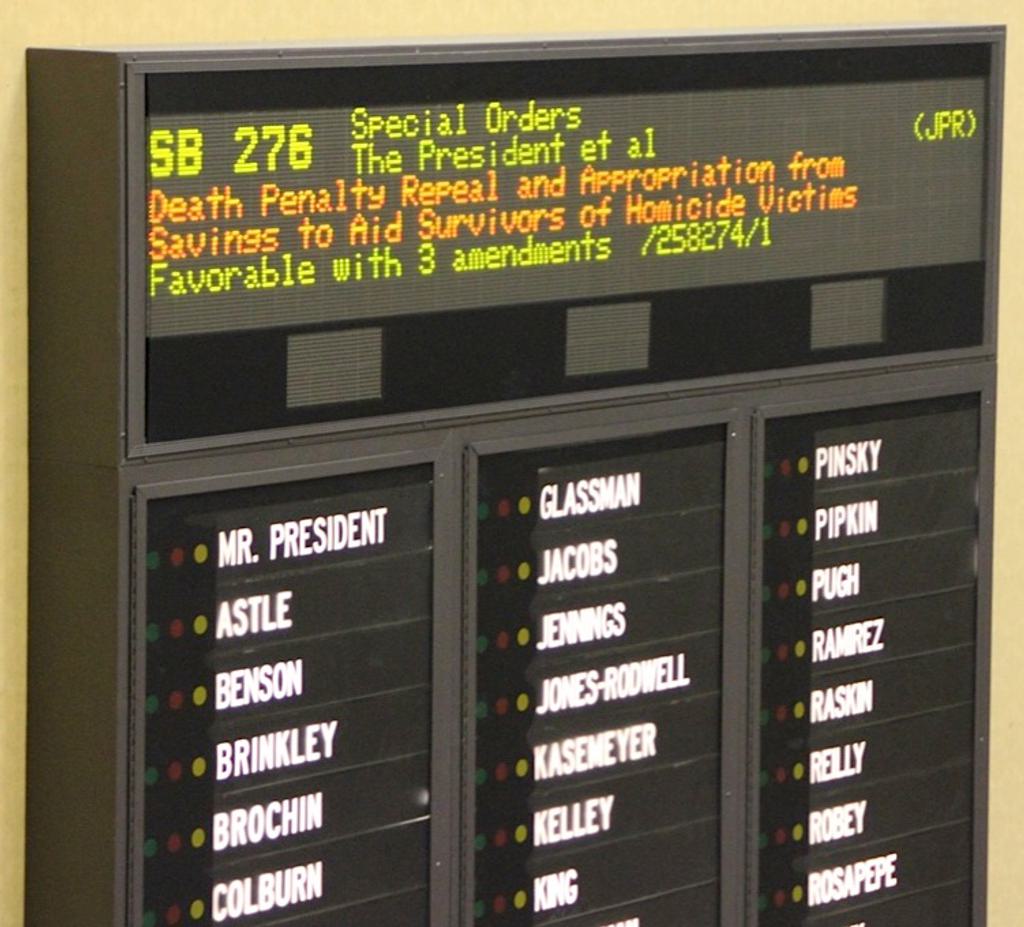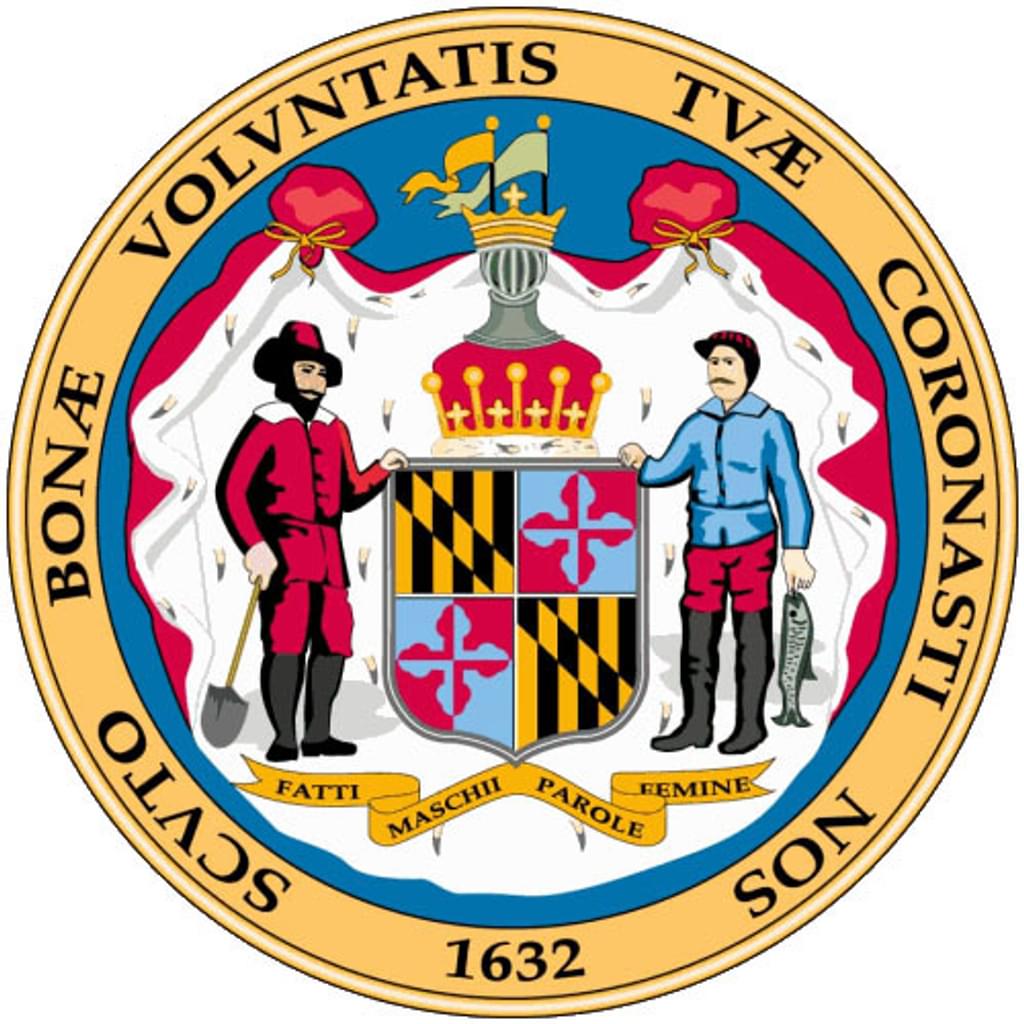
State & Federal
Maryland

History of the Death Penalty
The first execution in Maryland was that of four servants who were hung in 1773 for killing their master. The death penalty was re-evaluated in the early 1800’s, when the state established degrees of murder, allowing the death penalty only for individuals convicted of first degree murder. The death penalty was carried out by public hanging until 1913, when hangings were moved to a private space. About 50 years later, the gas chamber was briefly used as the primary method of execution, but only 4 individuals were executed that way. In 1994, lethal injection became the primary method of execution, starting with John Frederick Thanos, the first person to be executed in Maryland since 1961.
Notable Exonerations
Kirk Bloodsworth was the first death row prisoner to be exonerated based on DNA evidence. He was convicted in 1984 on charges that he had raped and murdered a 9-year old girl. He spent 2 years on death row before being resentenced to life in prison. Throughout his almost nine years in prison, he insisted that he was “an innocent man” and signed all of his letters with that acronym, “A.I.M.” In 1993, Bloodsworth was exonerated when DNA testing on the semen found on the victim’s clothing excluded him as the killer. When he was released, the state compensated Bloodsworth $300,000 for the time he spent in prison. The compensation mostly went to cover legal expenses.
Notable Commutations/Clemencies
Eugene Colvin-el was sentenced to death for the brutal murder of 82-year old Lena Buckman. After exhausting his appeals process, there was only a month left until his execution was to be carried out. Then-Governor Parris Glendening commuted Colvin’s sentence to life in prison without parole despite the fact that he was “almost certain” that Colvin committed the crime. Glendening believed that being “almost certain” was not sufficient to justify a death sentence.
On January 20, 2015, Governor Martin O’Malley commuted the sentences of all four men remaining on Maryland’s death row to life in prison. The state’s abolition bill had not been retroactive, leaving 5 men under a sentence of death. One of the men died of natural causes before the remaining death sentences were commuted.
Milestones in Abolition/Reinstatement
In 1987, Maryland passed a law that prohibited juvelines from being sentenced to death and provided the option of life without parole for cases involving capital crimes.
In 1989, the state passed a provision banning the execution of intellectually disabled individuals.
In 2002, Governor Parris Glendening declared a moratorium on executions. The moratorium was lifted by his successor, Governor Robert Ehrlich.
In 2009, after nearly passing abolition legislation, Maryland instituted the tightest death penalty restrictions in the country. The law limited the death penalty to capital murder cases with biological or DNA evidence of guilt, a videotaped confession, or a videotape linking the defendant to a homicide.
Maryland’s legislature passed a death penalty repeal bill in March 2013. The bill was signed by Governor Martin O’Malley on May 2, 2013.
Other Interesting Facts
Since 1923, all of the prisoners executed in Maryland have been men.
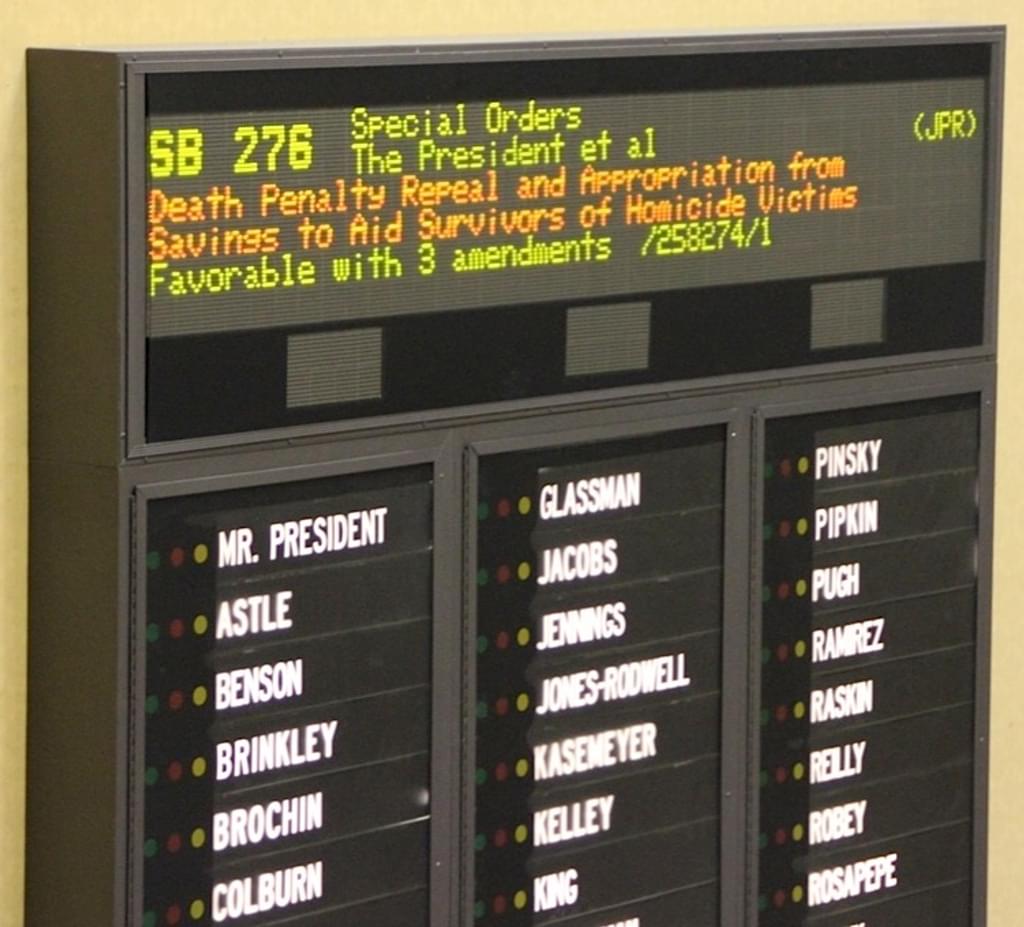
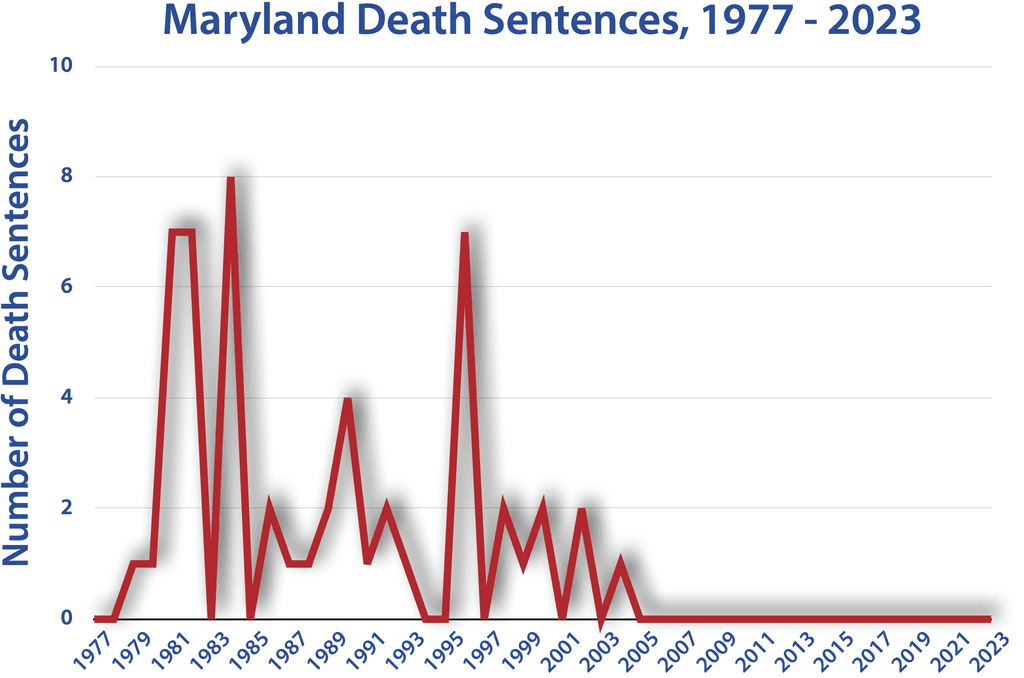
Maryland Execution Totals Since 1976
News & Developments
News
Jun 28, 2023
First Death Row Exoneration Involving DNA Evidence Happened 30 Years Ago
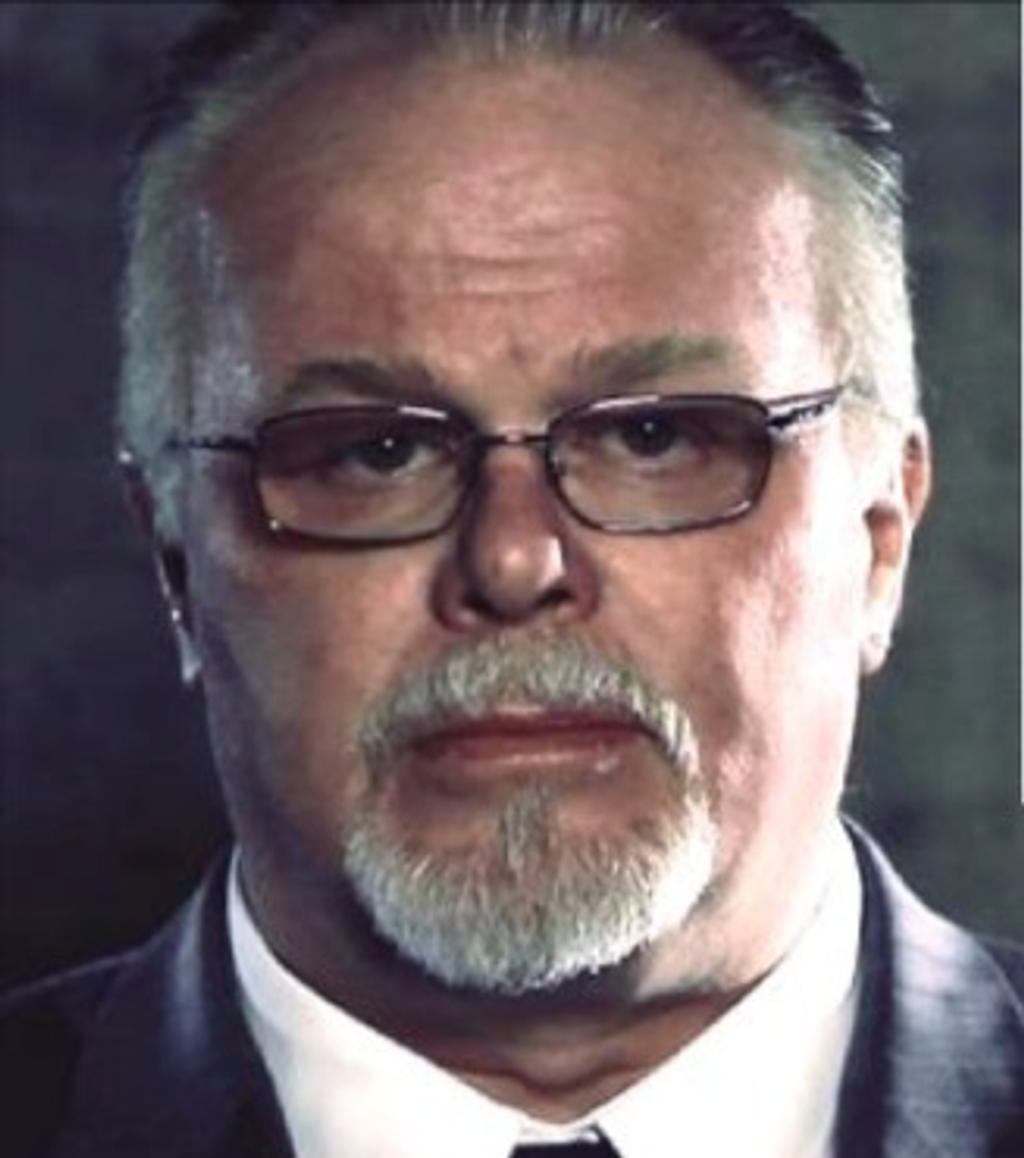
June 28, 2023 marks the 30th anniversary of the exoneration of Kirk Bloodsworth (pictured), the first person exonerated from death row with DNA evidence. In the three decades since he was exonerated from Maryland’s death row, Mr. Bloodsworth has been a vocal advocate for criminal justice reform. He played an essential role in ending the death penalty in Maryland in 2013 and served as director of Witness to Innocence, an organization of death row exonerees.
Read MoreFeb 22, 2023
Former Maryland Death Row Prisoner Exonerated After 40 Years
John Huffington (pictured) has been exonerated of all the charges that sent him to death row over 40 years after his initial wrongful conviction. On January 13, 2023, outgoing Maryland Governor Larry Hogan granted a full pardon to Huffington, stating that evidence conclusively showed that his “convictions were in error.”
Read MoreOct 06, 2021
Death-Row Exoneree Kirk Bloodsworth Receives Supplemental Compensation Under New Maryland Wrongful Imprisonment Statute
Kirk Bloodsworth, the first former death-row prisoner to have been exonerated by DNA testing, has become the first person to receive supplemental compensation under a new Maryland wrongful imprisonment statute.
Read MoreJan 12, 2018
Experience Shows No “Parade of Horribles” Following Abolition of the Death Penalty
States that have recently abolished the death penalty have not experienced the “parade of horribles” — including increased murder rates — predicted by death-penalty proponents, according to death-penalty experts who participated in a panel discussion at the 2017 American Bar Association national meeting in New York City. Instead, the panelists said, abolition appears to have created opportunities to move forward with other broader criminal justice reforms.
Read MoreAug 30, 2017
50 Years After Historic Confirmation to Supreme Court, Thurgood Marshall’s Legacy Continues To Shape Future
Fifty years ago today, Thurgood Marshall (pictured) was confirmed as the nation’s first African-American Supreme Court Justice.
Read MoreAug 13, 2015
“Bloodsworth: An Innocent Man” Premieres
A new film, “Bloodsworth: An Innocent Man,” premieres on August 13. The movie, described as a “documentary memoir,” tells the story of Kirk Bloodsworth, an innocent man sentenced to death in Maryland who became the first death row prisoner in the United States to be exonerated by DNA evidence. Bloodsworth was convicted and sent to death row in 1985 for the sexual assault and murder of a 9‑year-old girl. He won a new trial as a result of prosecutorial misconduct, but was convicted again and this time sentenced to life.…
Read MoreJan 02, 2015
Maryland Governor Will Commute Sentences of Remaining Death Row Inmates
On December 31, 2014, Maryland Governor Martin O’Malley announced he will commute the sentences of the four men remaining on the state’s death row to life without parole. O’Malley signed Maryland’s death penalty repeal bill into law in 2013, but the repeal was not retroactive. In a statement, O’Malley said, “Recent appeals and the latest opinion on this matter by Maryland’s Attorney General have called into question the legality of carrying out earlier death sentences — sentences imposed prior to abolition. In fact, the Attorney General has opined that the…
Read MoreNov 19, 2014
EDITORIALS: Maryland Governor Should Commute Remaining Death Sentences
In a recent editorial, the Washington Post urged Maryland Governor Martin O’Malley to commute the sentences of the four men remaining on the state’s death row, saying, “To carry out executions post-repeal would be both cruel, because the legislation underpinning the sentence has been scrapped, and unusual, because doing so would be historically unprecedented.” Maryland is one of three states that have repealed the death penalty prospectively but still have inmates on death row. The others are Connecticut and New Mexico. O’Malley, who is leaving office in January, was a…
Read MoreNov 07, 2014
Maryland Attorney General Asks Court to Vacate Death Sentences
On November 6, Maryland Attorney General Doug Gansler (pictured) filed a brief with an appellate court, formally requesting that the death sentence of Jody Lee Miles be vacated. Gansler argued that Miles’s death sentence is no longer valid. Miles was convicted and sentenced to death in 1998. In 2006, Maryland’s Court of Appeals suspended executions because the state’s lethal injection procedures had not been lawfully implemented. In 2013, the state repealed the death penalty for future offenses. Upon repeal, Miles filed a motion to have his sentence changed to life…
Read MoreDec 18, 2013
DPIC Releases 2013 Report, Showing Marked Decline in Death Penalty Use
Jun 03, 2013
RECENT LEGISLATION: Maryland Death Penalty Will Not Face Referendum
Maryland’s death penalty repeal legislation will take effect as scheduled on October 1, 2013 after its opponents were unsuccessful in securing the number of signatures required to put the issue on the November 2014 ballot. Efforts to put Maryland’s death penalty to a statewide vote were led by Baltimore County State’s Attorney Scott D. Shellenberger and a group called MDPetitions.com. On May 31, the group announced that it only collected about 15,000 signatures, falling short of the 18,579 signatures required in order to proceed. If the group had met the…
Read More

